What is Hardie Board?
- Mon to Fri: 09:00 am to 07:00 pm
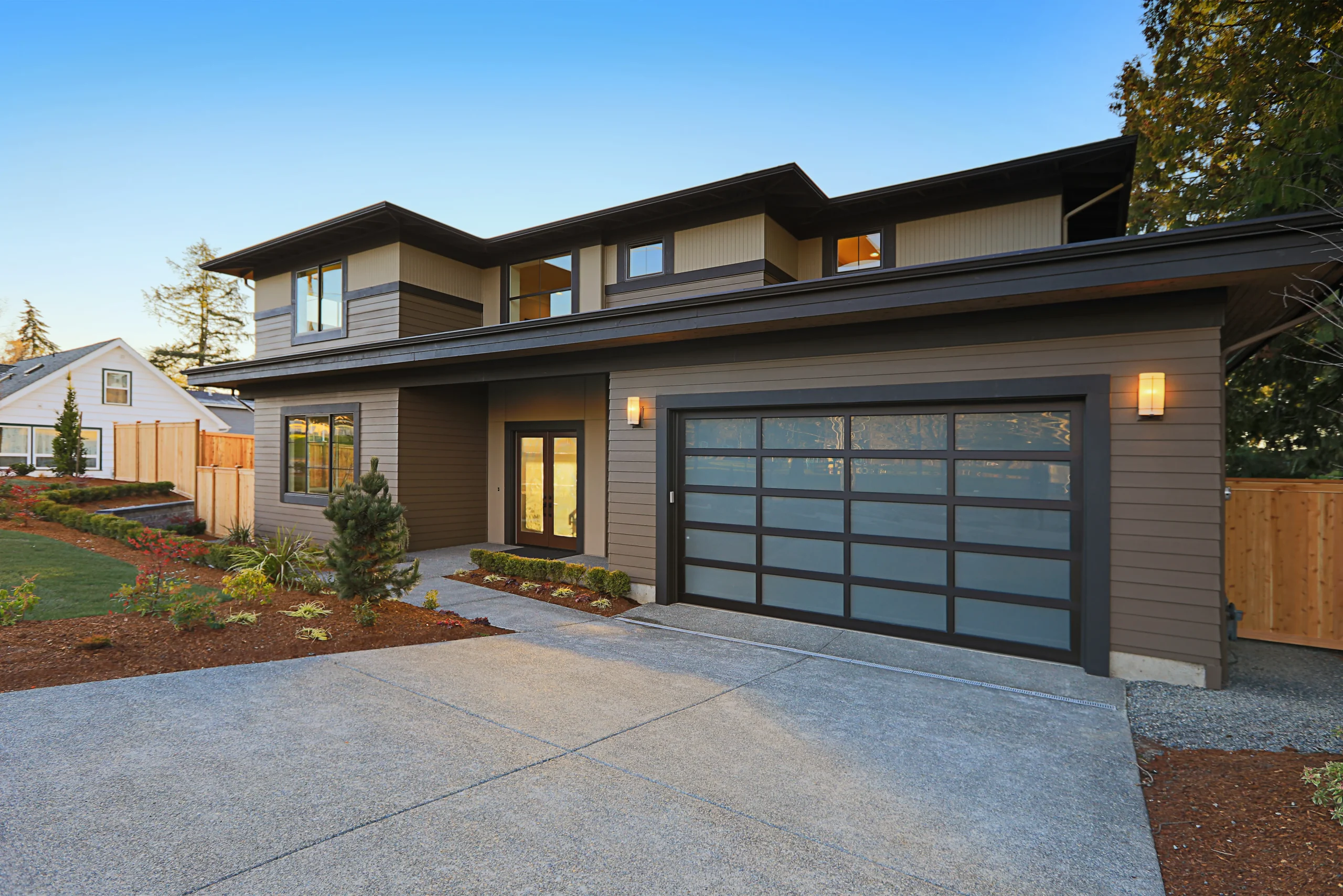
Are you in the market for new siding for the outside walls of your home? Do you want to upgrade from an older material such as natural wood siding, plastic siding, or aluminum siding, or are you considering a completely different type of siding altogether? It can be overwhelming trying to determine which siding material is the best choice for your individual needs.
There are many types of metal siding materials, including aluminum siding and steel siding. Also, board and batten siding is another popular option. In this article, we will not be discussing plastic siding, steel siding, board, batten, or any other metal siding types. We will cover only vinyl, wood, and fiber cement sidings.
In this blog post, we will dive deep into the world of siding options and demonstrate which non-metal siding types best suit your needs. Whether it be for the purpose of your home’s curb appeal, protective material, or simply exterior siding, there are plenty of options for you.
Siding is an important part of any home, both inside and out. It provides protection from the elements as well as aesthetically pleasing features that can enhance a home’s look. There are many different types of exterior cladding materials available on the market today, and each type has its own unique properties to consider.
Vinyl siding is one of the most popular types of siding options available. It is generally low-maintenance and very durable, making it a great choice for those who want an easy-to-care-for option.
Wood siding can provide homes with a warm, natural look that many people love, but it does require more maintenance than other materials.
Fiber cement siding is another popular option for those looking for a durable material. It is also fire-resistant, making it a great choice for areas that are prone to wildfires.
No matter which type of siding you choose, make sure to do your research on the pros and cons associated with each type before making your decision. It’s important to remember that siding isn’t just about looks, but also about added durability and longevity. Taking the time to carefully consider all of your options can help you make an informed decision when it comes to selecting the best siding for your home.
Vinyl siding is a popular and durable composite siding choice for homeowners. It is made of polyvinyl chloride (PVC) which makes it resistant to water damage, as well as being low-maintenance and easy to install. Vinyl siding can be used for both interior and exterior surfaces, making it a great choice for those wanting to update their homes without having to install multiple materials.
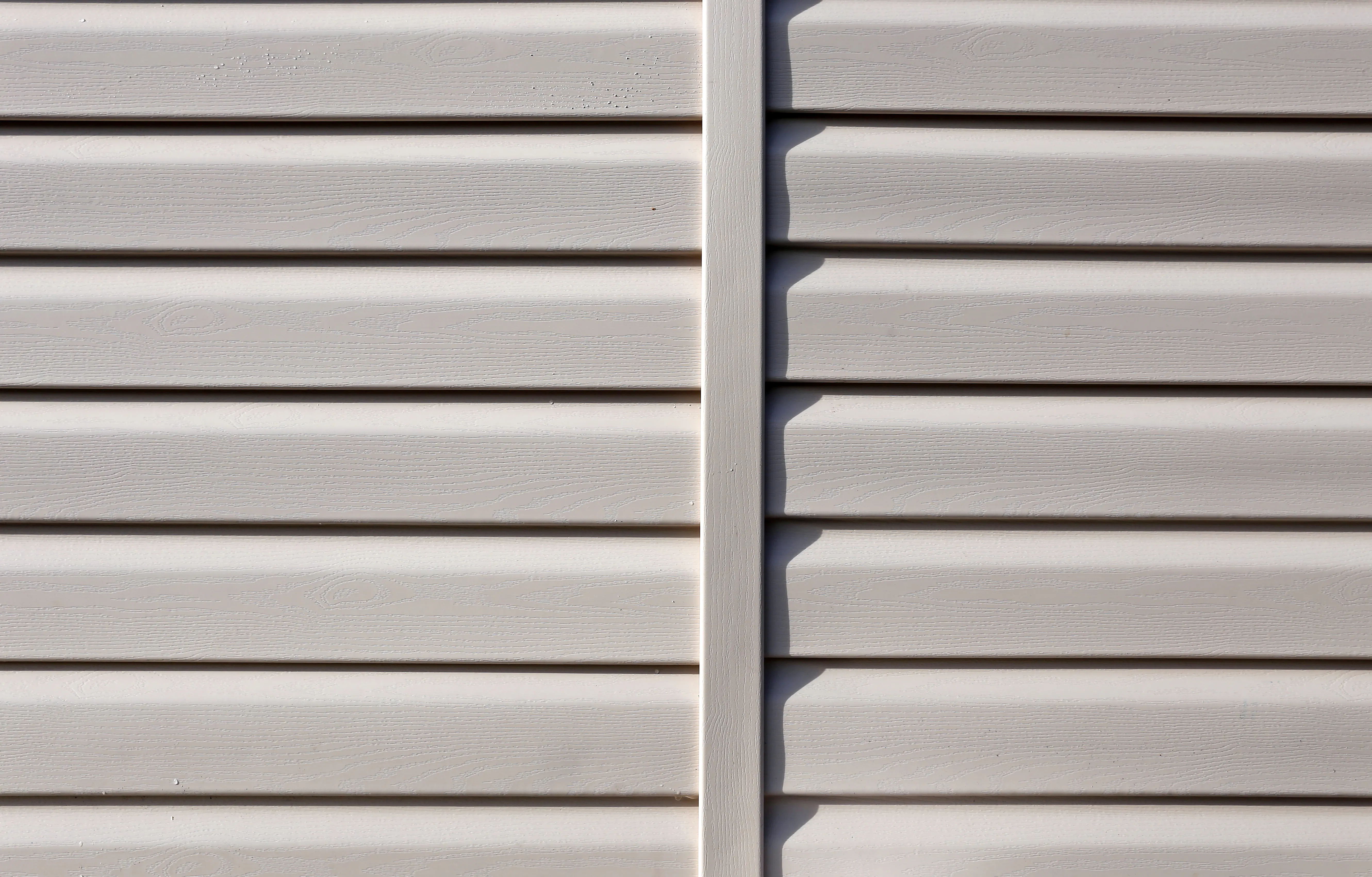
One of its most attractive features is that it can be customized with various colors and textures, allowing homeowners to create a look that fits their style. Vinyl siding is also an economical option, making it a great choice for those who are on a budget.
Vinyl siding is designed to withstand extreme weather conditions, making it a great option for those who want their siding to last. It is weather and water-resistant, making it the perfect choice for those who want their siding to look good for many years without needing constant maintenance or repairs. Vinyl siding is also fire resistant, which provides extra protection in areas that are prone to wildfires.
Vinyl siding products are available in a variety of colors and finishes, allowing homeowners to customize the look of their home’s exterior. From basic neutral shades to bold and vibrant hues, you can easily find the perfect color to match your home’s aesthetic. Additionally, vinyl siding is available in a variety of textures such as wood-grain, smooth or embossed finishes, or even stone, allowing you to customize the look of your siding.
 alt=”A man maintaining his house siding” loading=”lazy”
alt=”A man maintaining his house siding” loading=”lazy”
Vinyl siding requires minimal maintenance and cleaning, making it a great option for those who don’t want to spend hours maintaining it. Vinyl is an affordable siding option that is relatively maintenance-free.
Vinyl siding can lower the value of a home, as it is generally considered to have less curb appeal than other types of siding materials. Furthermore, some buyers may not be willing to pay for vinyl due to its potential for fading over time and susceptibility to chipping or cracking, even though it is usually the cheapest siding available.
While vinyl may help with weatherproofing and add aesthetic value, it does not offer any insulation benefits. Insulated vinyl siding exists, yet it is more expensive and not as effective as other materials. If you are looking for energy efficiency, you should consider another siding because vinyl products do not create efficient insulated vinyl siding.
Vinyl siding can fade over time due to UV exposure, making it less attractive than when it was first installed. Regular cleaning and maintenance can help reduce fading, but you may still need to replace your siding after a few years if the fading becomes too noticeable.
Real wood siding is a great option made of real wood pulp for those who want to add natural beauty and character to their home. It adds warmth and charm to the entire house that cannot be replicated with other materials, making it a popular choice among homeowners.
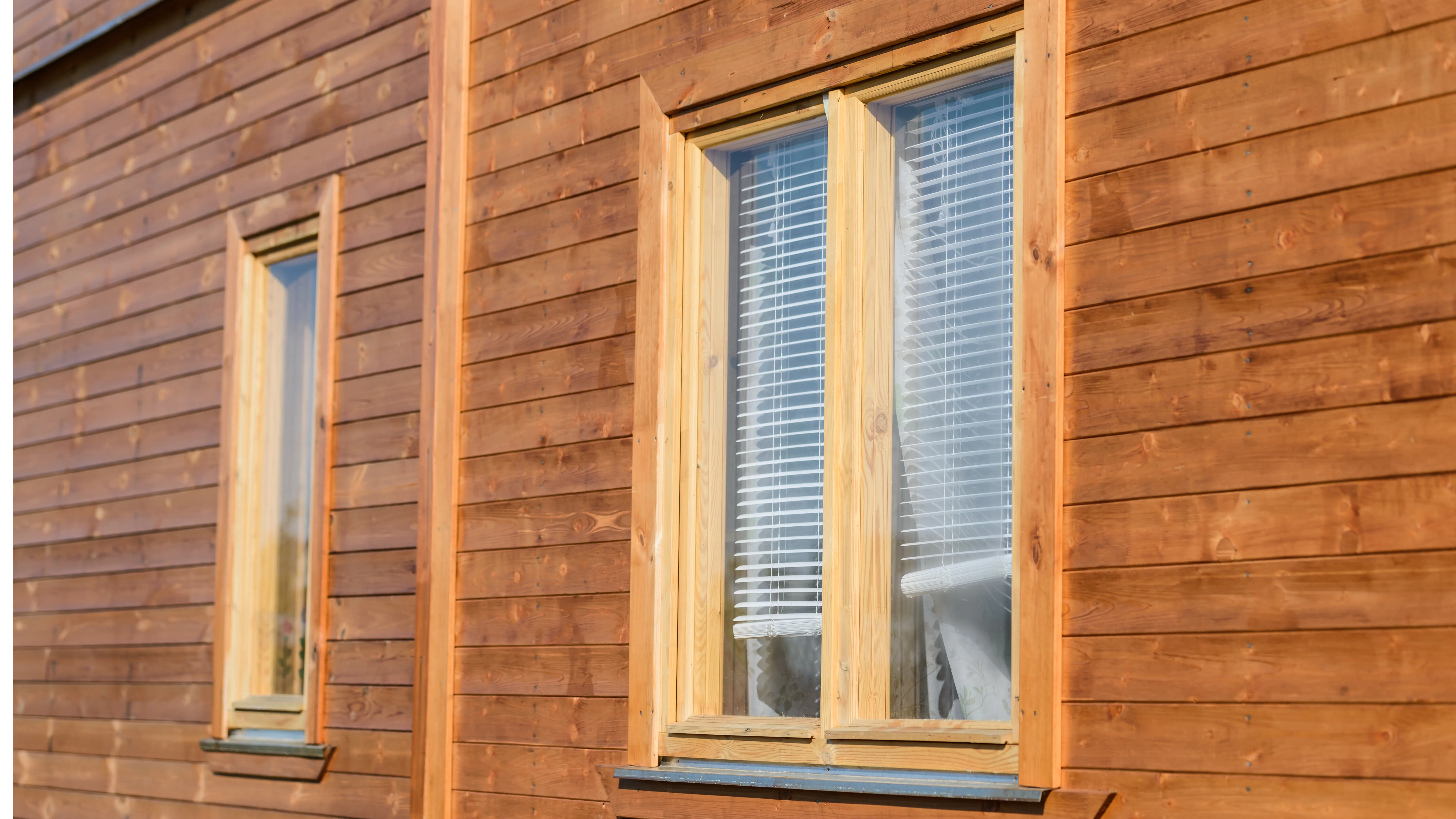
Wooden siding is also a very durable siding option and provides great protection against the elements, although it will require more maintenance than other siding materials.
When properly maintained, wood planks can last for many years, making them an excellent choice for those who want a timeless look that won’t break the bank. Overall, wood clapboard is the perfect siding for those who want to enjoy the benefits of a classic material with modern-day durability and longevity.
Natural wood siding provides a classic aesthetic that many homeowners are looking for. It comes in a variety of styles and finishes, including natural wood, painted wood, stucco, or shingles, cedar shingles being the most popular.
Another trend is vertical siding, which can be done easily using real wood vertical panels. With such a wide selection of options, you can easily find the perfect look to match your home’s style and increase its curb appeal.
Engineered wood siding is extremely durable siding and environmentally friendly, making it a great option for those who want their home to stand the test of time. It can withstand extreme weather conditions and can last for many years with proper maintenance.
Wood has excellent insulation properties, making it a great insulated siding option for homeowners who are looking for an energy-efficient solution. Wood siding panels can help keep your home warmer in the winter and cooler in the summer, reducing your energy bills.
Additionally, engineered wood siding also helps reduce noise from outside, creating a more peaceful environment inside your home. Wood is often regarded as one of the best options for insulated siding.
Wood siding material costs are typically more expensive than other types of siding and may require additional costs for installation. Additionally, wood will need to be sealed and painted every few years which can add up to even higher costs.
Wood siding requires regular maintenance such as sealing, staining, and painting in order to prevent weather damage and preserve its natural beauty. Without proper care, engineered wood siding can quickly deteriorate, which can be costly to repair or replace. Wood is often considered a high-maintenance siding option.
Wood siding is susceptible to damage from insects, mold, and fungal decay if not properly maintained and sealed against the elements. Additionally, wood siding can be vulnerable to fire damage, making it important to choose a material with high fire resistance. Also, some wood shingles are easier to paint than others, so make sure you choose a wood that is compatible with your desired finish.
Fiber cement siding is a popular composite siding choice for homeowners looking for an attractive and durable solution. The manufacturing process for fiber cement includes a combination of cellulose fibers, sand, and Portland cement which makes it strong but heavy. It is also resistant to fire, rot, termites, and other forms of damage which makes it a great option for those who want long-lasting protection.
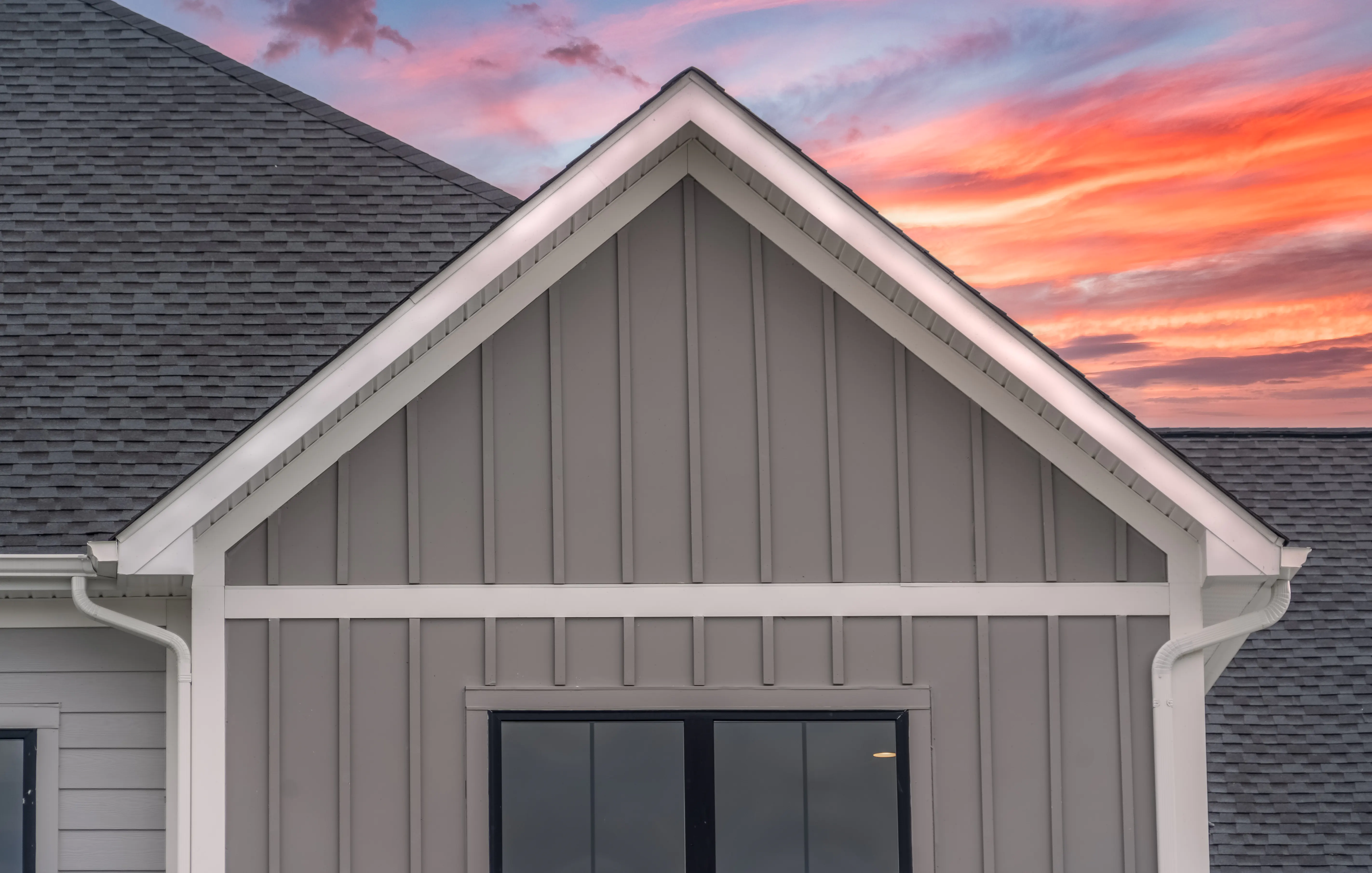
Additionally, fiber cement is available in a variety of colors and textures, making it easy to find the perfect style to match your home’s look. Overall, this type of siding provides an attractive and durable solution for any homeowner looking for a timeless material that won’t break their budget.
Fiber cement is incredibly durable, making it a great choice for those who want their home to stand the test of time. It is resistant to fire, rot, termites (unlike wood), and other forms of damage, ensuring long-lasting protection against the elements.
This siding comes in a variety of colors and textures, allowing you to easily find the perfect style to match your home’s look.
Fiber cement does not require frequent maintenance like wood siding, making it an ideal choice for those who want a low-maintenance solution. It also can resist damage, so you don’t have to worry about regular upkeep.
Fiber cement as a siding material is typically more expensive than other types of siding, such as wood or vinyl. Depending on the size and complexity of your project, installation costs can also be quite high.
Additionally, since fiber cement is a relatively new material, there are not many contractors who specialize in its proper installation, which can further drive up the cost.
Fiber cement siding is heavier than other types of siding, meaning it can be difficult to transport and install. This additional weight may require extra support for older structures due to the strain that it puts on the building’s foundation.
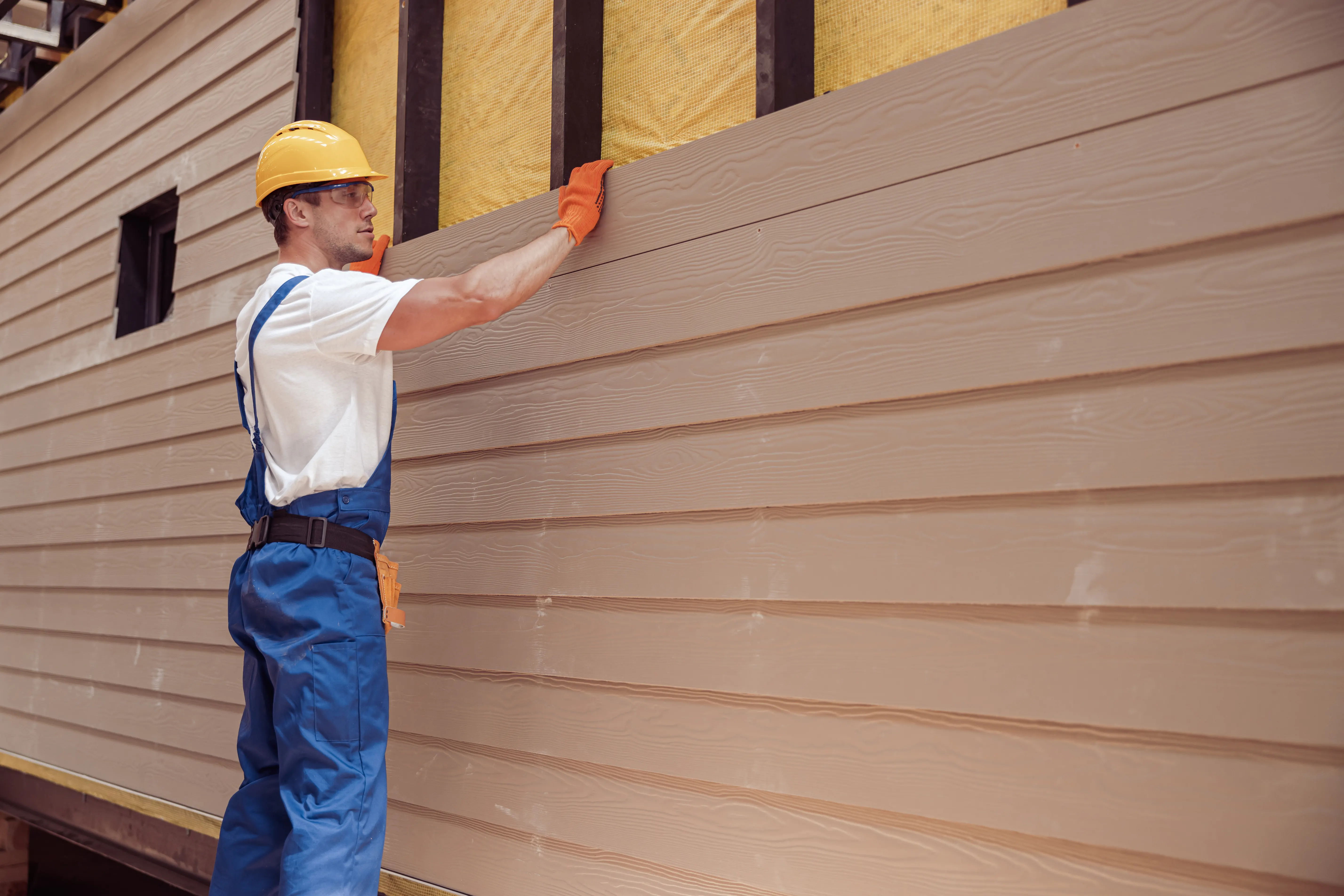
Additionally, if installing this type of siding yourself, you must ensure that your ladder is secure and strong enough to hold the weight of the material. Professional installers must also take extra precautions when installing fiber cement siding, as it is heavier than traditional materials.
Fiber cement is a delicate material that requires specialized tools and techniques to install correctly. It can also be difficult for DIYers, so it’s important to hire a professional if you are planning on installing fiber cement yourself. Overall, it is best to consult a professional if you are considering installing siding on your home.
In conclusion, when it comes to choosing the siding for your home, there are a variety of options available. Steel siding and metal siding are options, although not very popular for home siding materials.
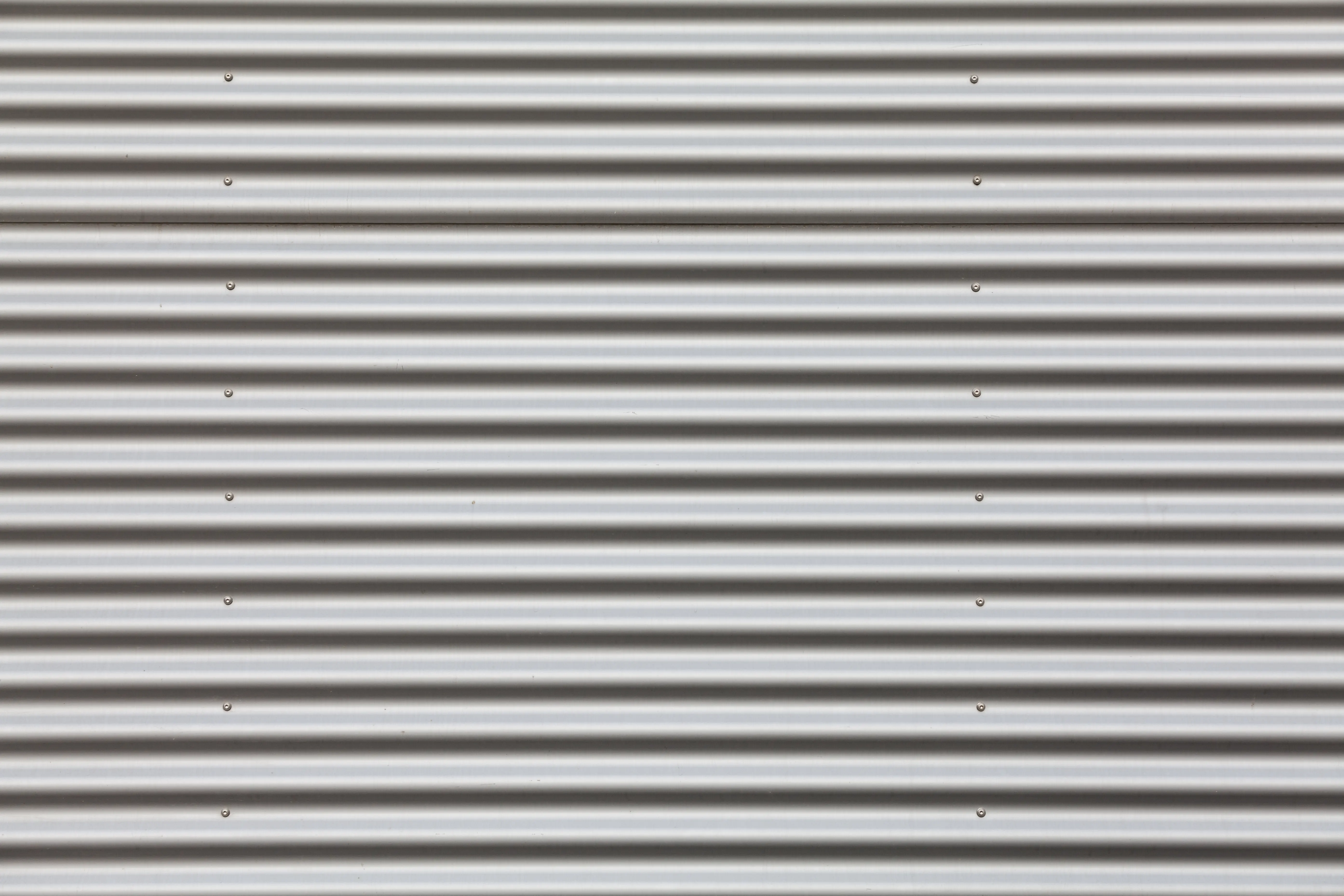
Vinyl is the most cost-effective option and provides a low-maintenance solution with excellent durability. Check out our blog post for more information on it’s durability: How long does vinyl siding last?
Wood siding offers a classic look but requires regular maintenance and can be vulnerable to damage from rot and insects. Lastly, fiber cement siding is more expensive but provides an attractive and durable solution that won’t break your budget.
Ultimately, the choice of which option to choose depends on your specific needs and budget. No matter which types you select, each has its own unique benefits that make it worth considering.
Therefore, when selecting a siding material, it is important to take the time to research your options and understand the pros and cons of each option. Once you have narrowed down your choices, you can then decide on the best material for your home. Good luck!
Give us a call or email us so we can help you find the best siding for your home!
If you have any questions please feel free to reach out to us by giving us a call, email, or contacting us directly on our site. our team of experts would love to help answer any more questions or concerns you may have about siding or window installation, repair, or maintenance.